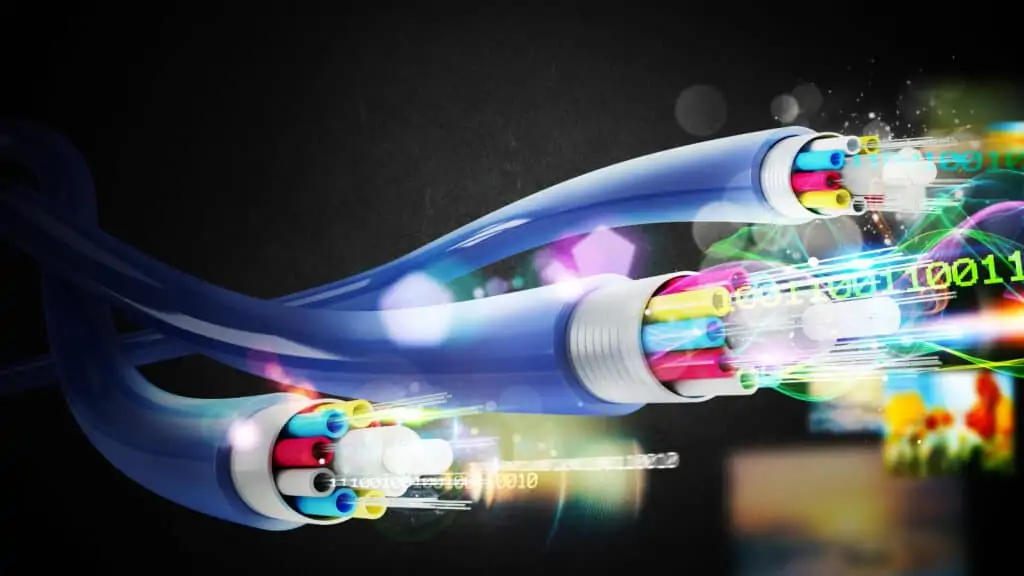Trends in Fiber Cable Pricing in Pakistan
Fiber optic technology is rapidly transforming the telecommunications landscape in Pakistan. As businesses and consumers demand faster internet speeds and more reliable connections, fiber optic cables have become the backbone of modern communication. However, understanding the pricing trends in this sector, especially for 2 core fiber cables, can be complex. In this article, we will explore the current trends in fiber cable pricing in Pakistan, focusing on 2 core cable prices, and provide insights into the factors affecting these costs.
Before diving into pricing trends, it’s essential to understand what fiber optic cables are and why they are important. Fiber optic cables use light to transmit data, offering higher speeds and greater bandwidth than traditional copper cables. This makes them ideal for high-speed internet connections, data centers, and telecommunications networks.
There are several types of fiber optic cables, but the most common in Pakistan are single-mode and multi-mode fibers. Single-mode fibers are used for long-distance communication, while multi-mode fibers are suitable for shorter distances. Within these categories, 2 core fiber cables are particularly popular due to their simplicity and efficiency.
The price of 2 core fiber optic cables in Pakistan has seen fluctuations due to various factors. As of 2025, the average price per meter ranges from PKR 50 to PKR 150, depending on the quality and brand. The demand for high-speed internet and the expansion of fiber networks have contributed to the steady increase in prices over the years.
Several factors influence the pricing of fiber optic cables in Pakistan:
- Raw Material Costs: The price of raw materials, such as glass and plastic, significantly impacts the cost of fiber optic cables. Fluctuations in global markets can lead to changes in these prices.
- Technological Advancements: As technology advances, new manufacturing processes and materials can affect pricing. More efficient production techniques can reduce costs, while newer technologies might increase them.
- Demand and Supply: High demand for internet connectivity and infrastructure development can drive prices up. Conversely, an oversupply of cables can lead to price reductions.
- Import Duties and Taxes: Import duties and taxes imposed by the government can also affect pricing. Changes in trade policies can lead to price adjustments in the local market.
When considering fiber optic cables, businesses and consumers have the option to choose between locally manufactured and imported cables. Each has its advantages and disadvantages.
Local fiber optic cables are often more affordable due to reduced shipping and import costs. They also support the local economy and may be more readily available. However, the quality might vary compared to international brands.
Imported cables, on the other hand, often come with a higher price tag due to shipping and import duties. They may offer superior quality and advanced technology, making them a preferred choice for critical applications.
When selecting fiber optic cables, it’s important to balance quality and cost. While cheaper cables might save money upfront, they may not offer the same performance or durability as higher-priced options. It’s crucial to consider the long-term benefits of investing in quality cables, especially for businesses that rely heavily on their network infrastructure.
- Performance Requirements: Assess the performance needs of your network. Higher-quality cables can support faster speeds and more reliable connections.
- Longevity: Consider the lifespan of the cables. Investing in durable cables can reduce the need for replacements and maintenance, saving money in the long run.
- Installation Costs: Factor in the cost of installation. Higher-quality cables might require specialized installation, which could increase costs.
As technology continues to evolve, several trends are likely to impact fiber optic pricing in Pakistan:
The growing demand for fiber optic networks is leading to increased competition among manufacturers and suppliers. This competition could result in more competitive pricing and better quality options for consumers.
Advancements in fiber optic technology, such as the development of bend-insensitive fibers and higher-capacity cables, could influence pricing. These innovations might offer better performance but could also come with higher costs.
Government initiatives aimed at expanding digital infrastructure could also affect pricing. Subsidies or incentives for manufacturers and consumers might lead to more affordable fiber optic solutions.
Understanding the trends in fiber cable pricing in Pakistan is crucial for businesses and consumers looking to invest in this technology. By considering factors such as raw material costs, demand and supply, and quality, buyers can make informed decisions that meet their needs and budget.
As the telecommunications industry continues to grow and evolve, staying informed about pricing trends and technological advancements will be essential for maximizing the benefits of fiber optic technology. Whether you’re choosing local or imported cables, prioritizing quality and performance will ensure that your investment in fiber optics pays off in the long run.

